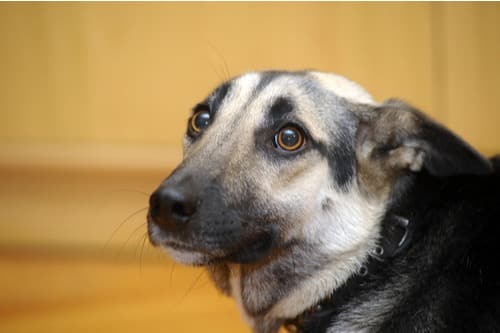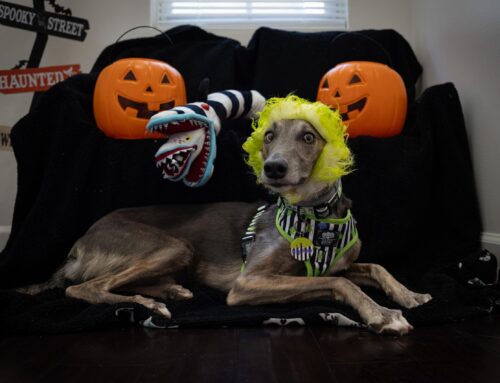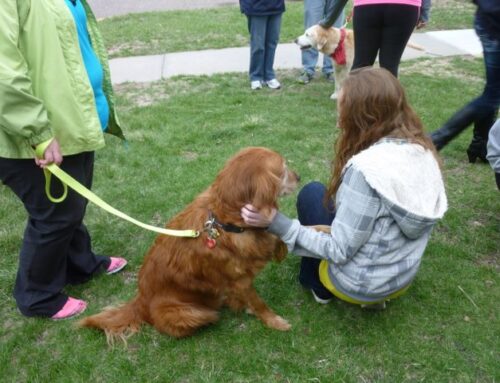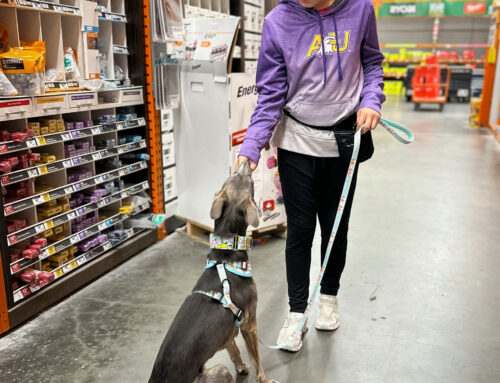Stress is very much a part of human existence. It is a word that means different things to different people. Some people are stressed out because of the bigger things in life such as money troubles or the high-pressure job they have, as well as any huge changes or disruptions to their normal schedule and routine.
Other people are stressed by seemingly smaller things such as being introduced to new people.
Whatever the causes, there are different ways you can combat stress when you experience it. Whether it’s confiding in a friend or close relative, perhaps your partner or spouse, or going for a run or taking part in some other form of exercise.
Just like us humans, dogs suffer from stress too. Knowing how badly stress can affect us and how we can express what we are feeling, motivates us to want to help our animal friends too, doesn’t it? Although dogs can’t express how they are feeling in quite the same way, there are subtle, tell-tale signs you can look out for that may suggest your dog is suffering from stress.
It is very important that therapy dog handlers notice the signs of stress that their dogs typically display and take action when they see these on therapy dog visits. They can remove the dog from the stressor or end the visit early. As a handler it is our duty to protect the physical and emotional well-being of our dogs. They are our priority.
Displacement or Avoidance
 If your dog is faced with a situation s/he is not happy or comfortable about, s/he may try some form of escapism and refocus attention elsewhere. It could be looking the other way, scratching body parts, licking, nibbling at their genitals and sniffing or digging in the ground.
If your dog is faced with a situation s/he is not happy or comfortable about, s/he may try some form of escapism and refocus attention elsewhere. It could be looking the other way, scratching body parts, licking, nibbling at their genitals and sniffing or digging in the ground.
When this happens, you need to show a little respect for how your dog is feeling and what s/he is trying to avoid.
Trying to Escape or Hide
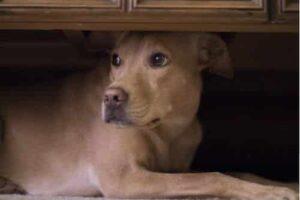 A more extreme version of the above, stressed dogs often move themselves to hide or try to usher their owner along. Another sign of stress could be that they try to move behind you.
A more extreme version of the above, stressed dogs often move themselves to hide or try to usher their owner along. Another sign of stress could be that they try to move behind you.
Excessive Panting and Drooling
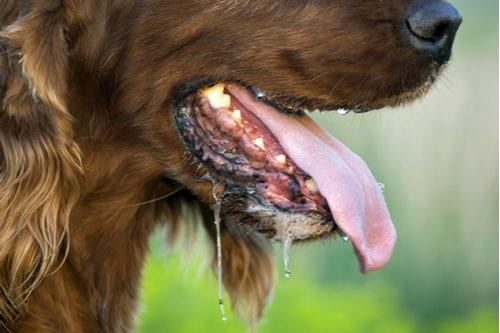 Dogs pant a lot for different reasons. For instance, they pant when they are excited or hot. If you notice your dog panting and you haven’t taken them for a walk or played with them and the temperature is moderate, it could be they are feeling strained or worried. Stressed dogs can also drool excessively.
Dogs pant a lot for different reasons. For instance, they pant when they are excited or hot. If you notice your dog panting and you haven’t taken them for a walk or played with them and the temperature is moderate, it could be they are feeling strained or worried. Stressed dogs can also drool excessively.
Shedding Fur
 Dogs often also shed their fur when stressed. You may see this when you take them to the vet. While it is not so noticeable when you take them on a new walk route or to a new park, stressed dogs shed a lot more than calm dogs.
Dogs often also shed their fur when stressed. You may see this when you take them to the vet. While it is not so noticeable when you take them on a new walk route or to a new park, stressed dogs shed a lot more than calm dogs.
Body Posture Changes
You will have probably noticed dogs usually use all four of their legs to carry their weight. Therefore, if you notice your dog, with no known orthopedic issues, starts cowering or shifting his full weight onto his back legs, it could be he is stressed. Dogs that are afraid can also become incredibly rigid and tuck in their tails.
Changes in Their Ears and Eyes
 When dogs are stressed, similarly to humans, they may start to blink rapidly, or you may notice their pupils become dilated. Alternatively, they may open their eyes wider than they normally do, displaying more of the white and looking startled. If your dog’s ears are normally alert or relaxed and they are pinned backward close to their head, this could also be a sign that stress levels are high.
When dogs are stressed, similarly to humans, they may start to blink rapidly, or you may notice their pupils become dilated. Alternatively, they may open their eyes wider than they normally do, displaying more of the white and looking startled. If your dog’s ears are normally alert or relaxed and they are pinned backward close to their head, this could also be a sign that stress levels are high.
Excessive Licking or Yawning

Dogs, just like humans, yawn when they are bored or tired. What you probably didn’t know was sometimes dogs yawn because they are stressed. You can tell the difference easily because a stressed yawn is more intense and longer than a normal yawn. Stressed dogs also often lick their lips frequently even though they have not had anything to eat.
Barking or Whining
 Barking and whining are both normal ways for dogs to express themselves. However, these can become louder and more intense when they are feeling stressed or worried. Whether they do it to soothe themselves or to alert you, is up for debate and different from dog to dog.
Barking and whining are both normal ways for dogs to express themselves. However, these can become louder and more intense when they are feeling stressed or worried. Whether they do it to soothe themselves or to alert you, is up for debate and different from dog to dog.
Shaking or Pacing Around
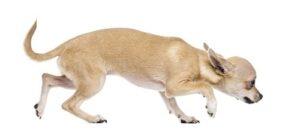
Dogs will shake themselves after rolling in the grass or having a bath. This is very normal, messy and quite funny. However, if a dog shakes off when not wet, you need to be aware it could also be a sign of stress. It depends on the circumstances and where they are when they start to shake. Visiting the vet, for instance, can cause dogs to shake off.
Another common trait of a stressed dog is to pace around, just like humans do. You can tell when they are stressed as they will often walk in the very same pattern around the room again and again.
Handling Stress
It’s all very well and good knowing the signs of a stressed dog, but you need to be in tune with your dog’s normal behavior to spot when there are changes. That way you will be able to tell the difference between being bored or hungry and feeling anxious.
These signs of stress happen in clusters. So, rarely will a dog only yawn. If you see several of the signs occurring in progression, pay attention. For example, your dog may yawn, look away, and lick his lips. Once you’ve spotted the signs, the first thing you should do is remove your dog from whatever is causing the stress. Then, figure out why your dog is stressed and how to prevent it from occurring again. This might be changing the environment or working with a training professional to desensitize your dog to the stress trigger.

